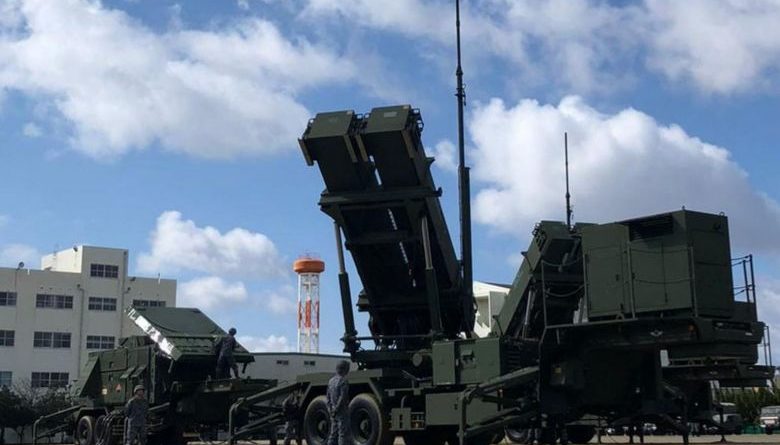DEFENCE AND MILITARY: ASIA-PACIFIC- Japanese PM Shinzo Abe paves way for country to have first-strike capability
.
TOKYO – Outgoing Japanese Prime Minister Shinzo Abe paved the way for the acquisition of first-strike capability on enemy missile bases on Friday (Sept 11), but said it will be up to the new government to follow through.
“Is it really possible that intercepting attacks alone will be enough to protect peace, lives and people’s livelihoods?” he said in a statement after attending a National Security Council (NSC) meeting.
“It is necessary to increase deterrence and further reduce the probability of ballistic missile attacks on Japan,” he said, adding that his successor will decide on a new defence plan by the end of the year.
Analysts say the very idea that Japan might acquire a strike capability – even if couched in the name of defence – is controversial and would be one of the greatest paradigm shifts in Japanese defence policy since the war.
But Mr Abe stressed that Japan will act within the framework of its war-renouncing Constitution and comply with international law, emphasising: “There is no change to our defence-oriented posture.”
The statement is one of Mr Abe’s swansong acts in office before he steps down, with his successor to be identified in a Liberal Democratic Party election on Monday and inaugurated on Wednesday.
While it has no binding effect on the new government, his likely successor, Chief Cabinet Secretary Yoshihide Suga, was also at the meeting and will see no reason not to heed the direction set by Mr Abe.
Analysts said the timing was a deliberate attempt by Mr Abe to imprint his legacy on defence issues after his controversial bid to revise the Constitution fell apart.
A first-strike capability means Japan will be able to launch a strike on enemy bases before missiles are even fired – unlike now when it can stop targets after they are launched.
.


.


It will also allow, for the first time, the Japanese military to plan strikes on land targets, as opposed to stopping attacks in the air and sea.
The plan will involve buying long-range weapons. Retired Japanese admiral Katsutoshi Kawano told Reuters US-made BGM-109 Tomahawk cruise missiles that can hit targets 2,500km away were an option.
Mr Abe’s statement specifically pointed the finger at North Korea, with “its arsenal of several hundred ballistic missiles that have Japan within range” an imminent threat.
He further warned that North Korea has succeeded in miniaturising nuclear warheads that can be mounted on these ballistic missiles.
But Kobe University security expert Tosh Minohara believes that the singling out of North Korea is but to make the strategy more politically correct. He said: “We should not underestimate North Korea but China is the real reason.”
On Wednesday, Defence Minister Taro Kono said China poses a security threat to Japan.
“We are prepared to defend every centimetre of our land, and I believe the alliance (with the US) is willing to fight over the Senkaku Islands,” he said, referring to the disputed set of islets in the East China Sea that Beijing refers to as the Diaoyus.




The same day, Japan signed a military supply-sharing pact with India, which has a border dispute with China that turned deadly in June.
The move is significant as it cements the Quad security partnership among the US, Japan, Australia and India, all of which have similar bilateral supply-sharing arrangements with each other.
Mr Abe, in a telephone summit with his Indian counterpart Narendra Modi, said their nations share the commitment of realising a free and open Indo-Pacific.
Friday’s NSC meeting came as Japan had in June scrapped a plan to deploy the land-based Aegis Ashore system in a surprise U-turn, after a costly technical redesign was deemed necessary for safety reasons.
Japan is also considering expanding its fleet of Aegis warships and building offshore facilities with radar and launchers.


SIGN UP TO RECEIVE OUR EMAIL
.
The most important news of the day about the ASEAN Countries and the world in one email: [email protected]
9.12.2020










